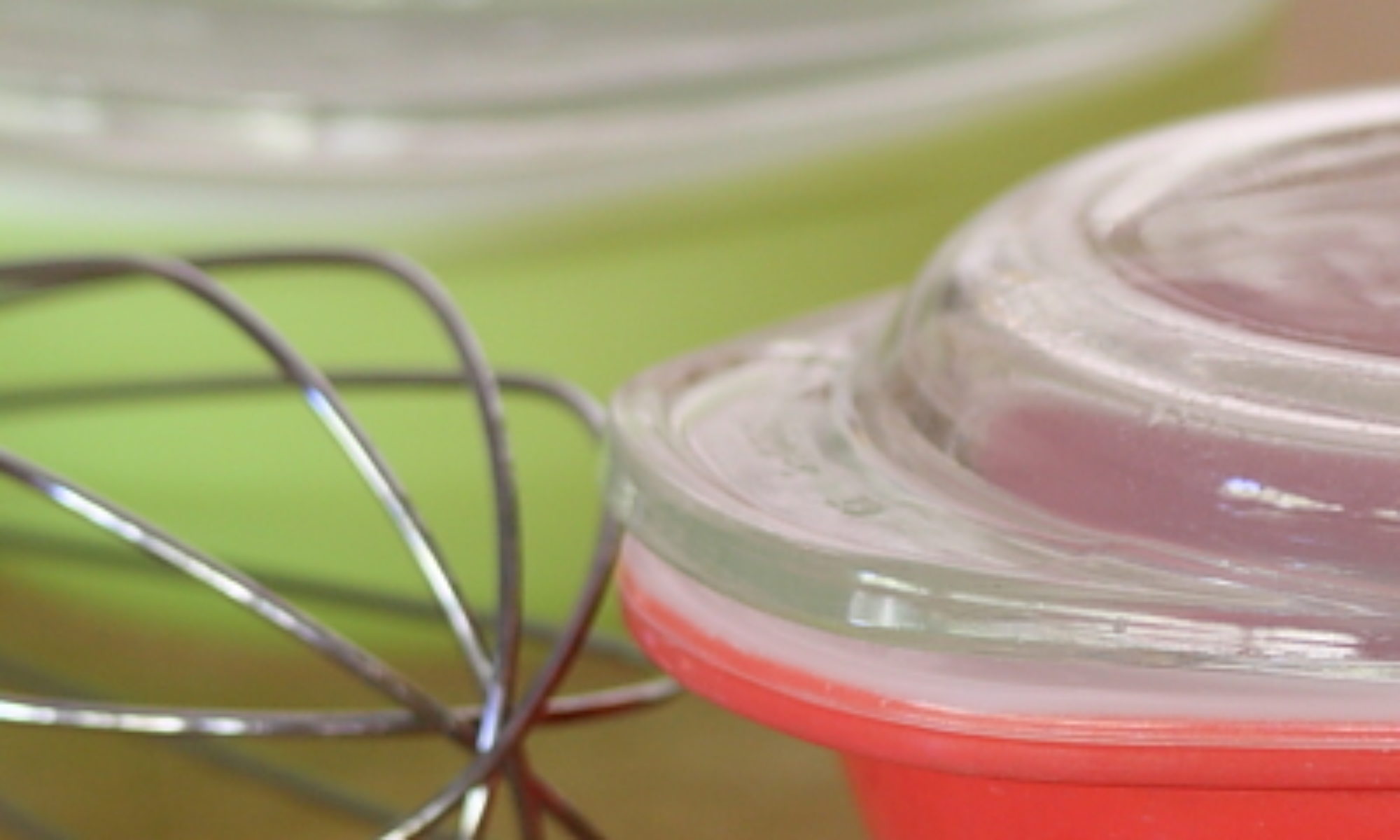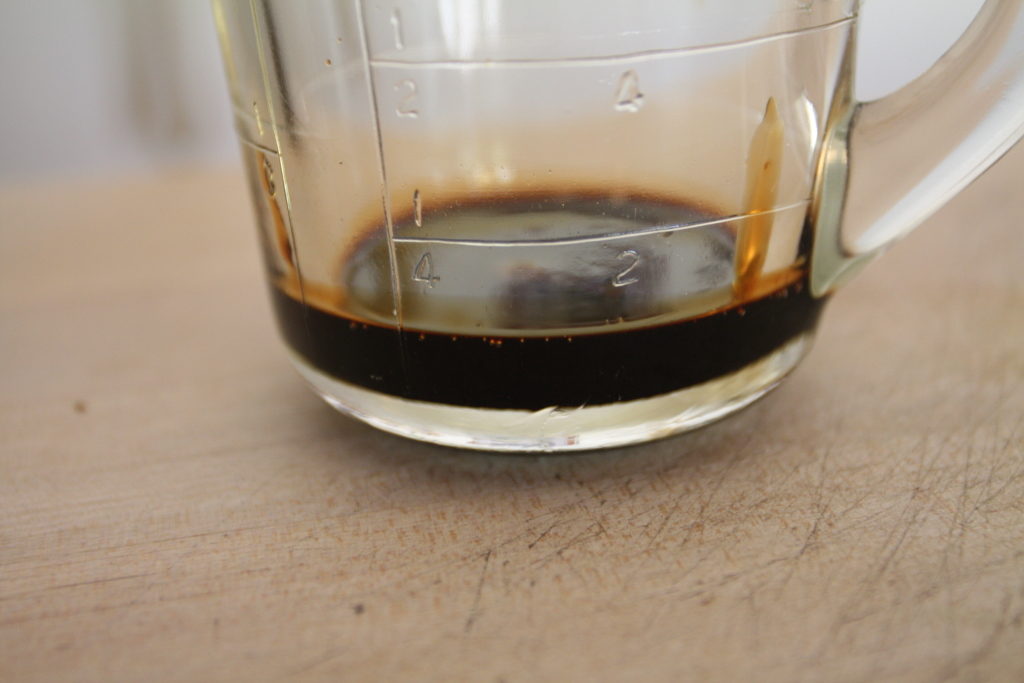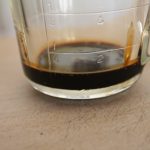
We’re in the process of making a rather elaborate appetizer. As always, we’re not going to tell you what it is just yet, but, if it turns out, we think it’ll be impressive. For this particular appetizer, we needed just a small amount of balsamic vinegar reduction, basically a drop or two on each portion. While it may seem strange that we decided to write a whole post about making this reduction — especially if you already know how to make it — it’s a nice, basic, sauce that you can use to drizzle over tomatoes, add to sauces, put a few drops on a plate as an accent, even drizzle on strawberries or ice cream.
It’s a great condiment that will liven up the flavor of almost anything, and it mimics the flavor that’s found in seriously aged balsamic vinegar (read ex – pen – sive); that’s why chefs will make balsamic reduction by the bucketful. Plus, it sure sounds fancy to say, “ah, yes, grilled peach in a balsamic reduction.” (No, that’s not the appetizer; we told you you’ll find it out as we add more posts, probably on Friday.)
So, let’s pretend we’re famous chefs and scratch out some reduction.
Balsamic Reduction
Ingredients
- 1/4 cup balsamic vinegar
Instructions
- Place balsamic vinegar in a small non-reactive saucepan over the lowest possible setting on your stove. If needed, use a heat diffuser to reduce heat so that the vinegar warms to about 150°F (do not boil).
- Let vinegar reduce, swirling the pan from time to time, until it's thick and syrupy, and reduced to about 1/4 to 1/3 the original amount, about 45 to 60 minutes.
- Store in a sealed container.
Ingredient discussion:
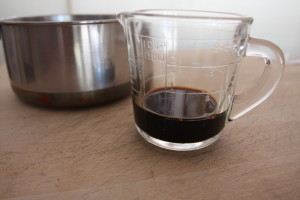
You don’t need to use an expensive balsamic vinegar for this recipe. Just make sure that you like the taste of the vinegar you start with, since the flavor will only become more concentrated as it cooks down.
Also, if it turns out you like the reduction, you can easily scale up this recipe.
Procedure in detail:
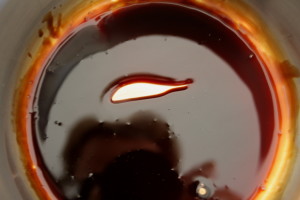
Reduce. Measure the vinegar into a small non-reactive saucepan and place it over the lowest heat possible. You don’t want the vinegar to boil, so, if it does, you need to lower the temperature even further. If the stove is as low as it can go, you might place the saucepan inside a dry heavy-bottomed skillet that will act as a heat diffuser. Once the temperature is correct, let the vinegar reduce, swirling the pan from time to time, until the vinegar is thick and syrupy, anywhere from 45 to 60 minutes, or longer. When reduced, the amount of liquid should be somewhere between 1/4 and 1/3 the original amount.
Transfer. Pour the reduction into a small sealable container to store.
We tasted this when it was done, and, wow, we were hit with a blast of complex flavor. Enough that it almost made us sputter and cough. The flavor is sort of like sweet and sour, but with a lot of other indescribable nuances tossed in for good measure. It really did make us wish that we had a bit of melon or strawberries to try with the reduction. Fortunately, we just moved on to the next part of our appetizer, but you, of course, have to wait until Thursday for the next installment.
